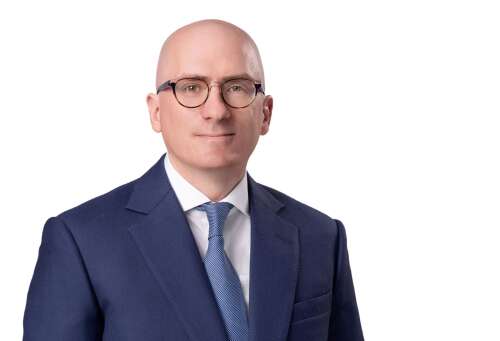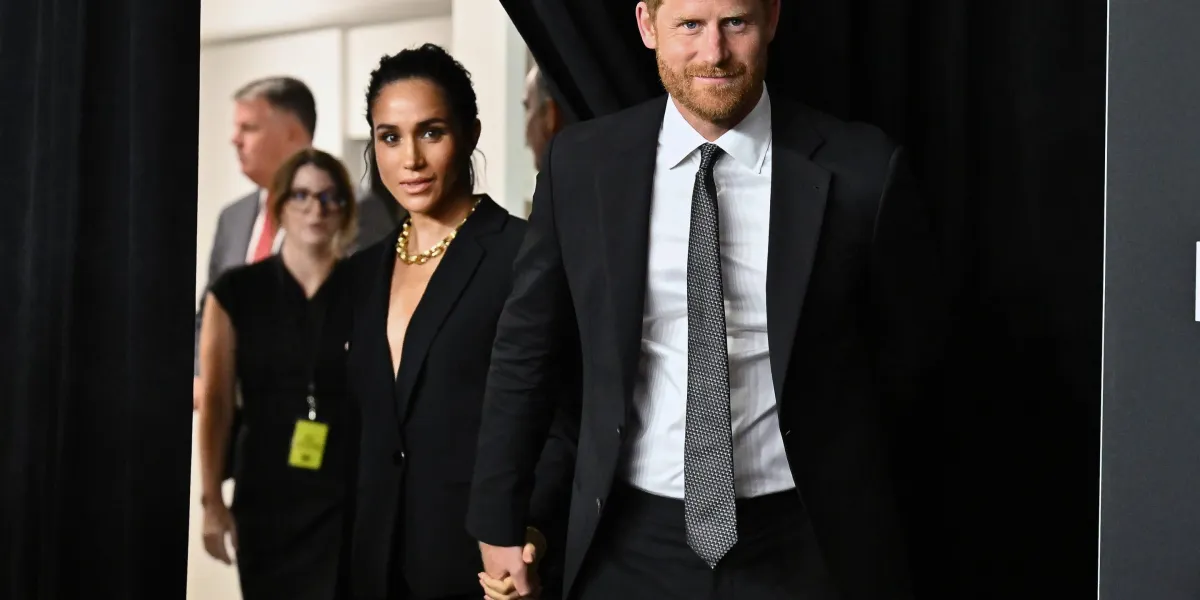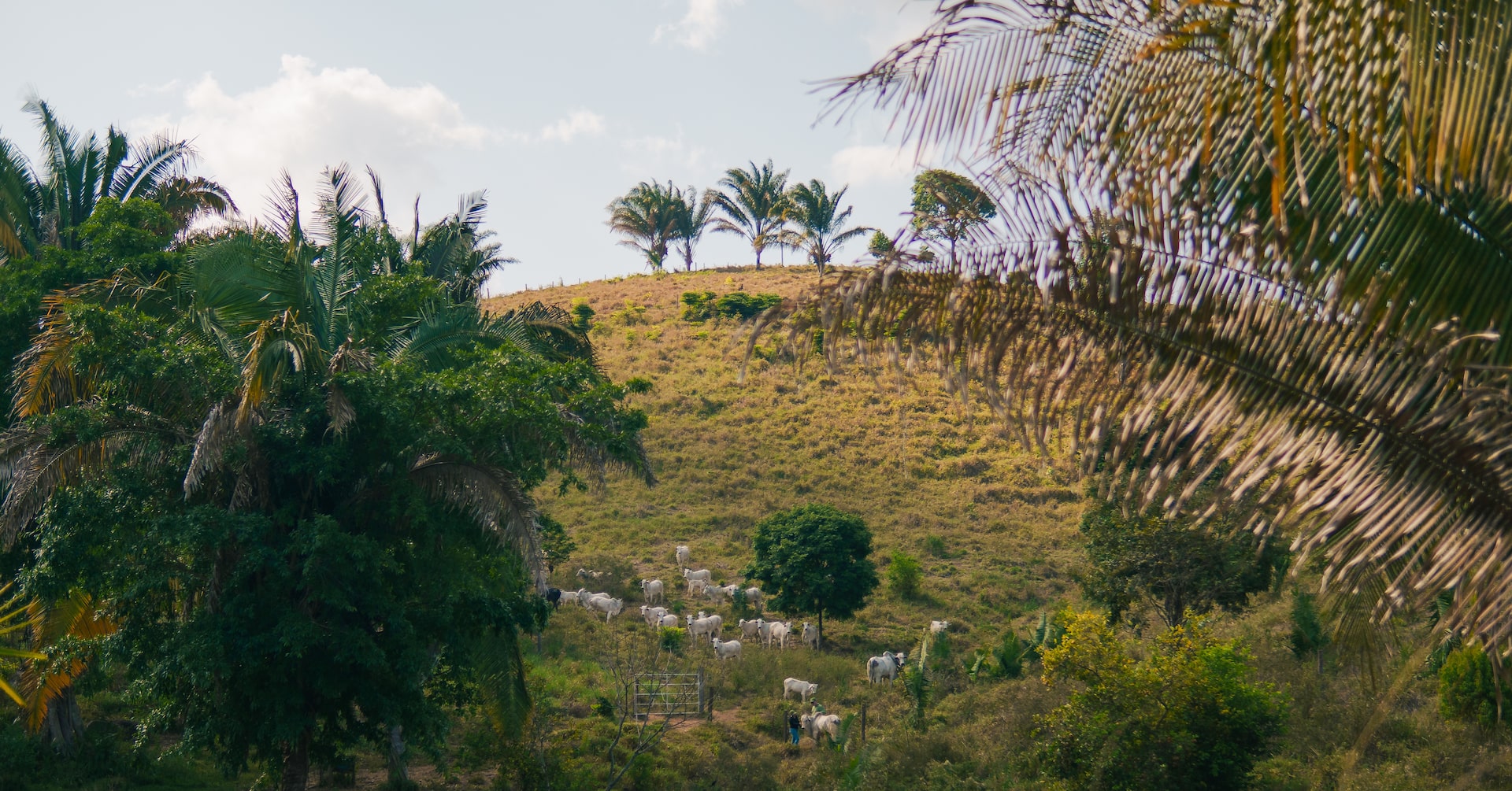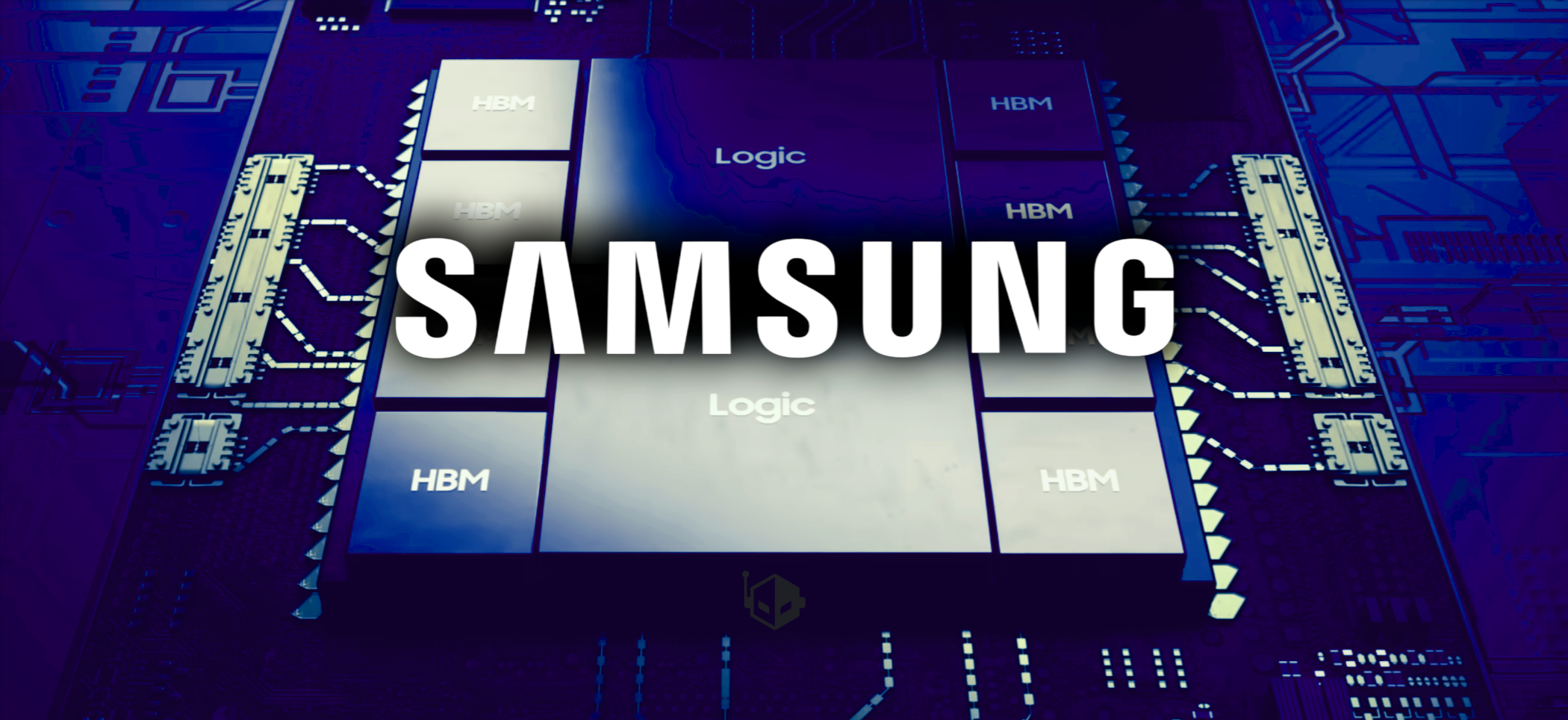Copyright news
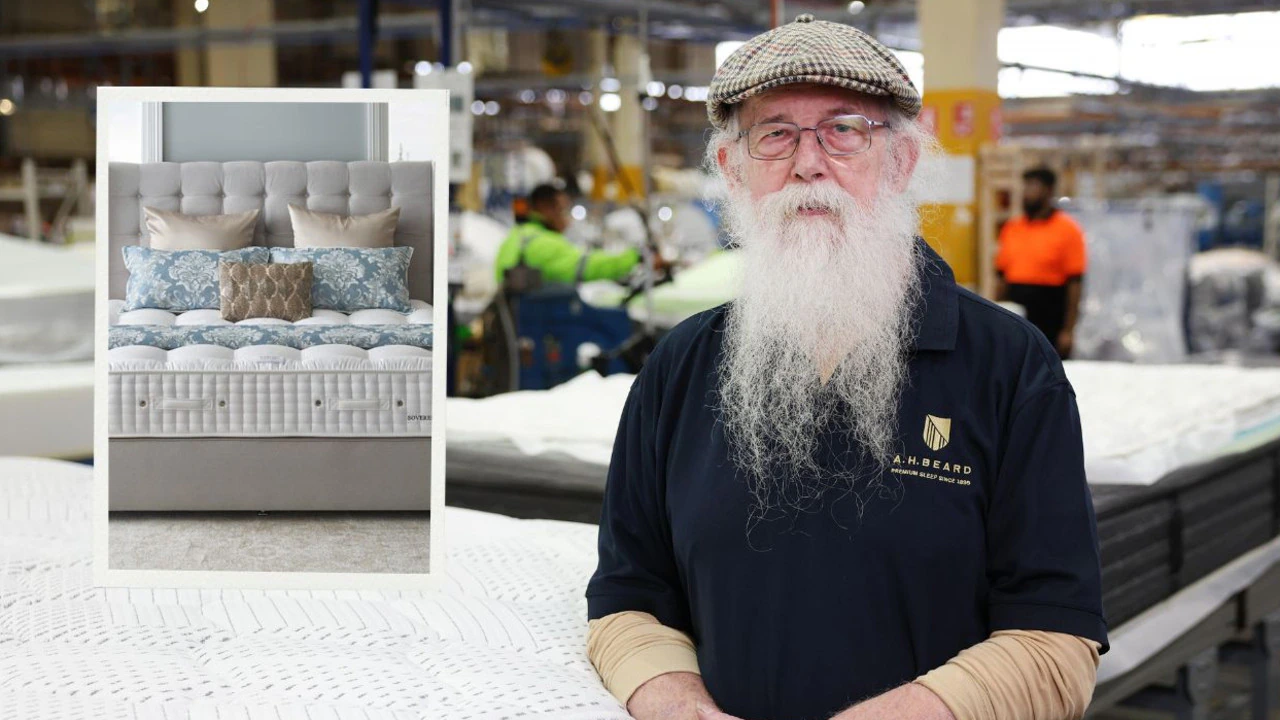
All but two Australian-made mattress brands have committed to recent voluntary protocols to keep them out of landfills by ensuring at the creation point they are almost 100 per cent recyclable at the end of their life. But it’s still a seven-figure problem in Australia. Aussies dispose of up to two million mattresses a year – and more than half still end up in landfills where they clog up space, are a fire and subsidence risk and often contain non-renewable steel, foam and textiles which take decades to break down. About 900,000 – or 50 per cent – are getting recycled annually, mainly thanks to the efforts of the federally-approved Australian Bedding Stewardship Council which counts big Aussie bed makers AH Beard, Sealy and Comfort Group as signatories. For Harvey Norman chief executive Katie Page, whose giant homeware store network spans 320 outlets in eight countries, sustainability is a key requirement for brands she stocks. “I don’t know about you but (Harvey Norman founder Gerry Harvey) and I like to change our mattresses every five years. We are very particular. When you are in this business you sort of know when that bed needs to be changed. A lot of people wait for 10 years, I can’t believe it. “We have supported (the ABSC recycling) from day one. We are 27 million people on a very big land mass. “When you quote those (recycling) figures it comes from big cities, mainly metropolitan areas, once you get out to Alice Springs it becomes difficult. “As technology improves, those recycling figures will improve. But again you work with these Australian manufacturers and it’s fascinating how it gets taken apart, recycled and where it goes – of course we are going to be part of that.” Want to read more of the stories you love on one of our state news websites? Click here to sign up for a free trial and access 12 locked articles on web over 12 weeks. Limits and T&Cs apply. The ABSC is overseeing a national effort to keep mattresses out of landfills – but not everyone is playing ball, mainly imported overseas brands. ABSC chief executive Kylie Roberts-Frost said scheme members contribute financially to funding mattress recycling centres and work with university partners to improve design in their factories with recycling in mind. “The challenge is many of the biggest online ‘bed-in-a-box’ brands – Koala, Ecosa, Emma, Sleeping Duck, Mlily, New Aim – are not part of the scheme,” Ms Roberts-Frost said. “Their mattresses still end up at our ABSC-approved recyclers, but they don’t support the scheme that underpins those recyclers or the research and work being done to find solutions to the components that aren’t recoverable today. “We have some really engaged import members – but there is a particular segment that is more challenging for us to work with.” For Sealy Posturepedic chief executive and chairman Simon Dyer sustainability was an increasingly important selling point: “In this day and age, the consumer expects brands to act responsibly. And it means minimising (what’s going) to landfill.” AH Beard chairman Garry Beard, at his Padstow, Sydney, factory – one of many dotted around the country – said the recycling challenge was getting cheap overseas-based importers to commit to the ASBC. “Bed in a box brands designed to fit in a box that can be ordered online and delivered in 48 hours … don’t contribute to the ABSC. “We have realised there is a (recycling) problem. But in this market, people are buying on price – more so than quality – where these guys don’t contribute to the end of the life of the bed.” Consumers wanting to check which mattress makers are backing in Australian recycling efforts can check at sustainabilitytracker.com. SYDNEY-CRAFTED MATTRESS WOWS CHINESE BUYERS AH Beard chairman Garry Beard reckons it’s the best night sleep you’ll ever get – worth every cent of the $108,000 it retails for in China. Dubbed the “Louis Vuitton” of mattresses, the all-natural creation is just one of dozens of ranges to come out of the fourth-generation mattress maker’s Sydney factory at Padstow. But where their most basic mattress sells for $600 and takes 10 minutes to make – the $108,000 version is handcrafted, takes weeks and contains only natural materials. Its layers contain imperial silk, sovereign cashmere, King Valley mohair, southern highlands alpaca, Hamilton Downs merino, Elliotdale wool and Namoi cotton. It comes especially wrapped for delivery, with the owner’s name stitched into it and AH Beard is working on filming it getting made so buyers can track it during creation. The bespoke mattress – selling at a rate of one a week in China – was dreamt up by the AH Beard product and development team 15 years ago after a request from a Chinese stockist, Mr Beard said. “We’d just spent quarter of a million on our website – and these three ladies form China – two nurses plus one who was the number one salesperson for Amway in China – foresaw that bedding, bathrooms and kitchens were the three areas coming on in China.” The latter asked for the “best bed you can make”. “It has all natural fibres, no foam. That quality of that bed will give you the best sleep you’ll ever have.” AH Beard master craftsman and frontperson in China Neville Middleton said it had a life span of 20 to 30 years: “It’s made of all Australian fibres, wools, alpaca hair. It’s got that real quality attached to it. “I own one myself and they are very comfortable to sleep on.” This article is part of the Back Australia series, which was supported by Australian Made Campaign, Harvey Norman, Westpac, Bunnings, Coles, TechnologyOne, REA Group, Cadbury, R.M.Williams, Qantas, Vodafone and BHP. Originally published as The truth about Australia’s mattress waste crisis and the bed that sells for $100K in China
